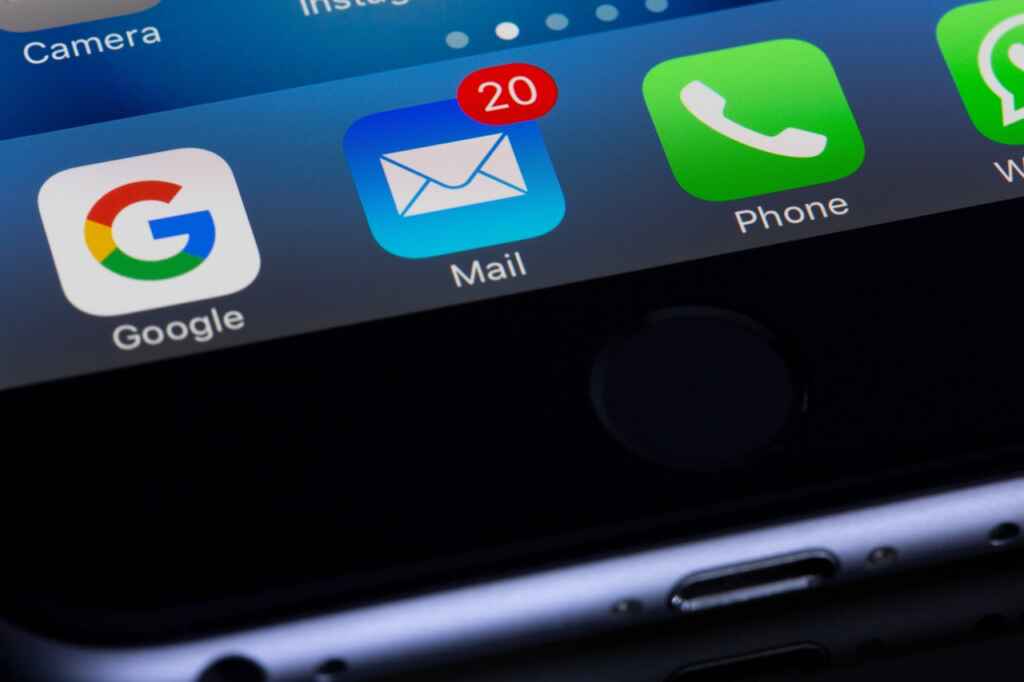How to Stop Phishing Emails? A phishing attack used to be quite common to deceive people. A massive chunk of people got smart along the way and understood how to deal with such cybersecurity issues. But, there’s a matter of concern again as many people have shifted to online classes/working. It creates a massive opportunity for hackers to spoof your email and steal your sensitive information.
What is a phishing attack & How to Stop Phishing Emails?

For those who are not aware of this, a phishing attack is generally made with the help of emails where a corrupted version of an email of a popular site, bank, friend, etc., would be sent to you. It’s majorly done in bulk, and they try to impersonate something or someone you know. If you are not careful enough, you may find it quite professional in some cases. If you click the link, that can lead to the theft of sensitive data.
I mentioned the term “spoofing” in the first paragraph. It means the forgery of an email header so that the text’s message appears to have originated from somewhere else other than the actual source. This is done majorly to trick the recipient into opening a message or unknowingly installing malware.
How can you spot a phishing email?
With time, attackers have gotten smart with their approach. But there are some common things to look out for to spot a spoofed email.
- It may often start with an impersonal greeting. Example – It wouldn’t mention your name; it will display a statement like “Dear Valued Customer”
- You need to be careful about how they spell things; there’s a good chance you will spot many spelling mistakes in the text they have sent.
- There can be a phishing email that acts as an urgent notice or creates an urgent call for action, such as a mail with the subject “Your Account has been suspended” or “Your Bank verification is Pending” so that they can trick you into clicking those links and causing a lot of damage if you are not careful.
- The spelling in the URLs or the email from which the text is sent often is not semantically correct most of the time. You should keep an eye out on such factors too! A good fear-inducing message can actually trick you into clicking the link they want you to.
In a 2015 study, 97% of people were unable to identify sophisticated phishing emails. Phishing can be extremely personalized if someone goes out of their way to make the perfect phishing mechanism. A friend of yours can have a public profile, and a hacker can get some basic idea on how to interact with you or trick you into believing that he’s the same friend of yours, and in turn, you can probably send him money (in case of money required urgency created by the phishing).
What can be done to avoid this scam?
- You should go through the above pointers and ensure that you gauge the authenticity of the email with the suggested criteria mentioned above.
- Exercise extreme caution when you come across website URLs that seem fishy. If you feel like you are receiving an email from a friend or family, call them to be sure about the same.
- Keep deleting suspicious emails. You don’t have to open it or click it; just make sure that you constantly delete the emails and report them as spam or inappropriate, or phishing where needed.
- Open the original website to make sure that you are using the correct link. Use the company’s number to confirm where needed based on the email.
A lot of emails can pass through any spam alert or, in worst cases, even antivirus software.
- A good antivirus may help in some cases to avoid these emails, but you still have to be on your toes when it comes to this. You will have to be super smart about this and tread very carefully.
- There are options attached to every email that you get in an inbox that says “Report Phishing.” So, if you suspect something, choose to use that option freely and at all times when needed.
In conclusion, ensure that you are actively checking your inbox for spam or spoofed emails. The least we can do is act smartly! In case of extreme doubt, just go ahead and delete the mail entirely after reporting it for phishing.

